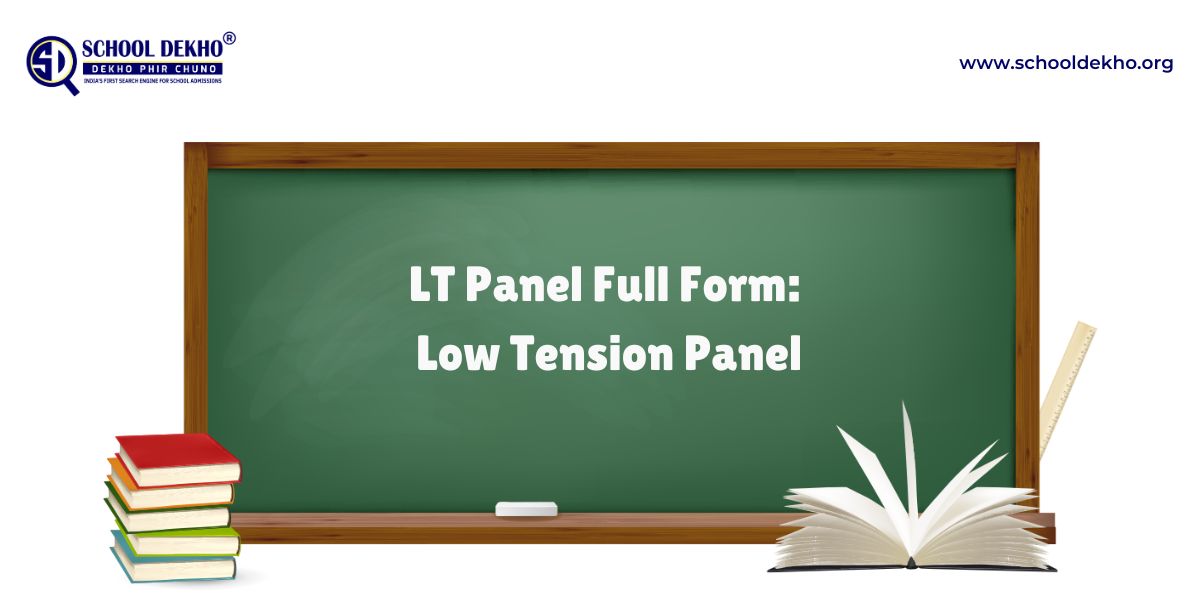
LT Panel Full Form: Low Tension Panel
What is the full form of LT Panel?
The full form of LT Panel is Low Tension Panel. In electrical systems, Low Tension Panels are essential for managing and distributing low voltage electricity across various circuits, ensuring safety and efficiency in power distribution.
Understanding Low Tension Panels
Low Tension Panels are vital components responsible for managing and distributing low voltage power in residential, commercial, and industrial settings. They protect electrical circuits from faults like overloads and short circuits, ensuring a stable and secure power supply.
Key Functions and Features
- Power Distribution: LT Panels receive power from a primary source and evenly distribute it across multiple circuits, maintaining a balanced electricity supply.
- Safety Protection: Equipped with circuit breakers and fuses, LT Panels prevent overloads and short circuits, safeguarding the electrical system.
- Centralized Control: They provide a centralized point to control and monitor electrical loads, simplifying system management and maintenance.
Benefits of Using Low Tension Panels
- Enhanced Safety: Protective devices minimize electrical hazards, creating a safer environment.
- Improved Efficiency: Efficient power distribution reduces energy wastage and enhances system performance.
- Simplified Maintenance: A centralized design streamlines troubleshooting and maintenance tasks, reducing downtime and operational costs.
Applications in Various Settings
Low Tension Panels are widely implemented in:
- Residential Buildings: Managing household electrical circuits safely.
- Commercial Establishments: Coordinating power distribution in offices, shopping centers, and hospitals.
- Industrial Facilities: Ensuring reliable power management in factories and production units where robust electrical systems are crucial.
Future Trends in LT Panel Technology
Innovations in LT Panels include:
- Smart Monitoring: Integration with IoT devices enables real-time monitoring and diagnostics.
- Remote Management: Digital interfaces allow for remote control and maintenance, increasing operational reliability.
- Energy Efficiency Enhancements: New designs aim to minimize energy loss and optimize power distribution, supporting sustainable practices.







Leave your thought here
Your email address will not be published. Required fields are marked *